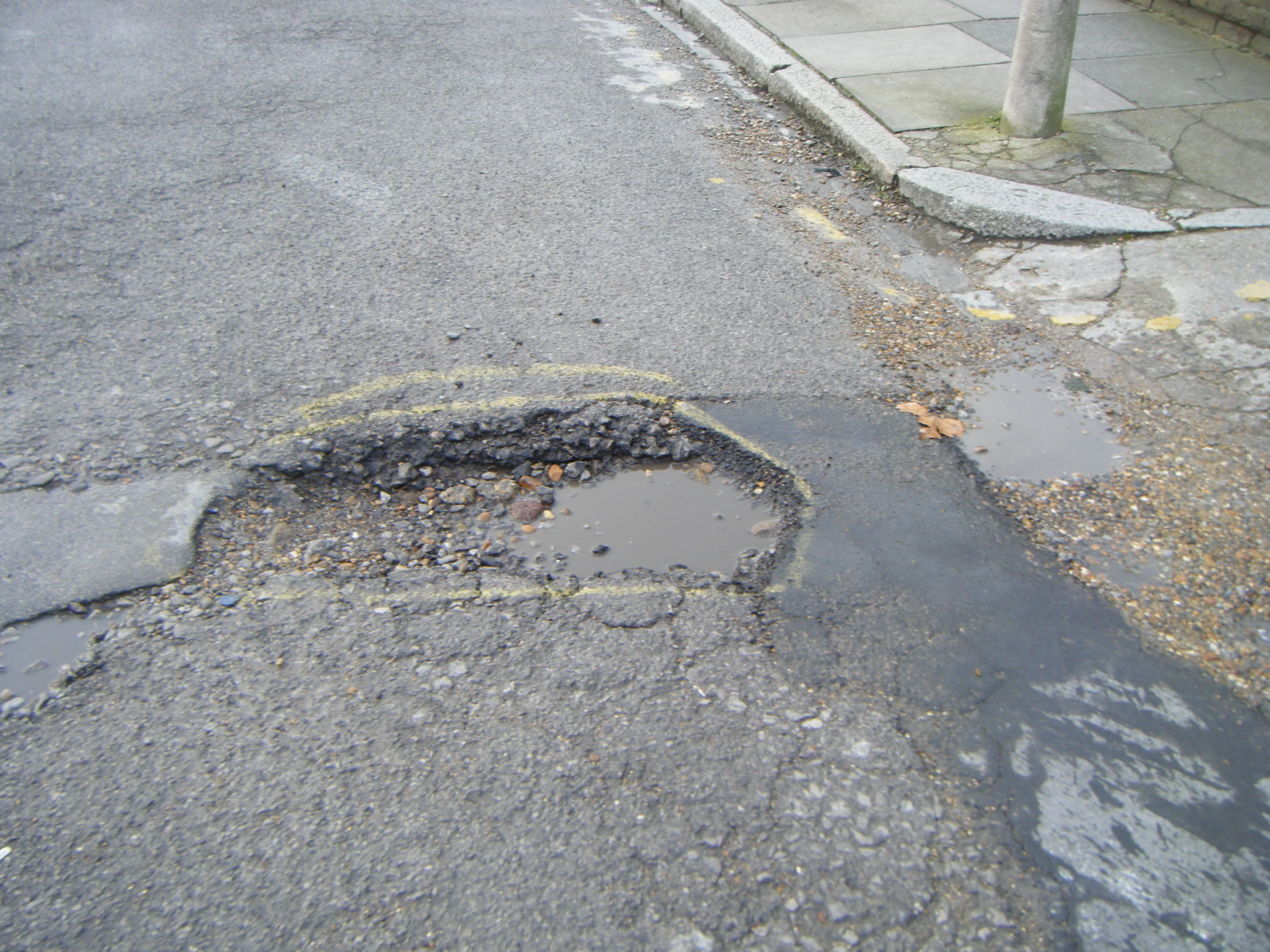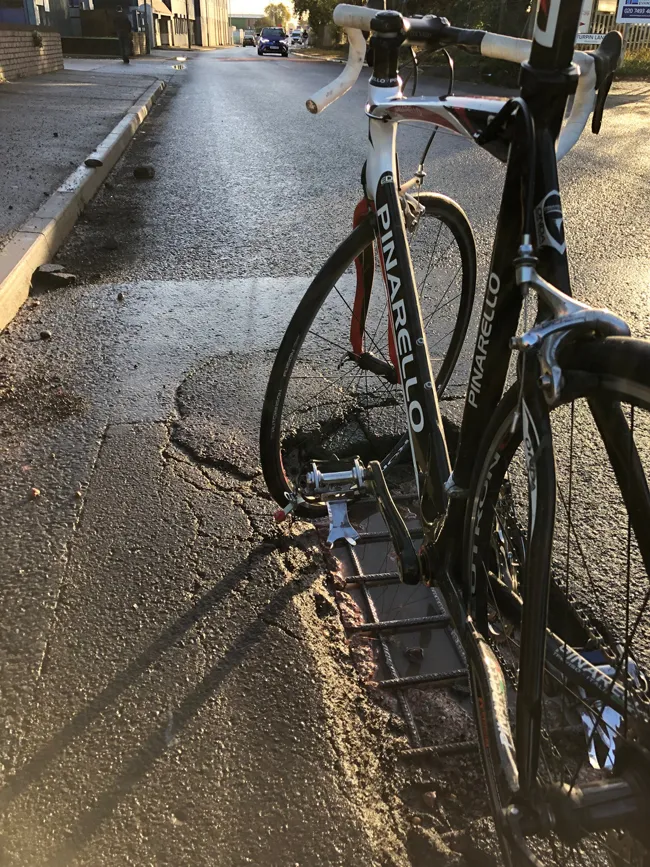The UK Government has published data revealing a damning state of neglect for roads in England and Wales.
However, England’s poor roads are to benefit from an additional £1.6 billion, which will help fill potholes and address a decade of neglect. The funding is being provided by the Department of Transport to local councils, allowing up to seven million more potholes to be filled in 2025 as public urged to report roads in need of repair.
The funding is desperately needed.
The data shows that roads are not being maintained to the standard they should be. Only 2.5% of B and C roads received the necessary maintenance, despite 7% of B roads being flagged in need of works. Only 63% of the B and C roads are reported to be good quality.
Meanwhile, the data also shows that the quality of A roads is eroding. More than a quarter (27%) of the network will require maintenance soon. The number of good quality A roads decreased for the fifth consecutive year, dropping from 75% in 2019 to 68% at present. In addition, the risk of skids has almost doubled since 2020. The number of A roads requiring further investigation for skidding resistance has almost doubled: hitting 18%, up from 11%.
Dean Standing, Chief Customer Officer at Sagacity, a consultancy helping insurers use data to drive intelligent decisions, says that motor insurers should treat the data as a warning that road conditions vary greatly across the country.
“Worsening conditions expose drivers and their vehicles to greater risk. But the data shows an uneven picture. Roads are particularly bad in specific areas, such as Devon and Cornwall, while B and C roads are not maintained as well as A roads. In line, some drivers will be much higher risk than others – serving as a reminder to insurers that no two drivers are the same.
“Looking ahead, roads are deteriorating, and the UK is facing more extreme weather events.”
The poor state of UK roads reflects the neglect that resulted as a result of budgets being slashed by an average 40% across the UK over the last 14 years. With less money to spend, local authorities have been forced to cut road repair works. This false economy was part of a programme of short-sighted cost cutting by the previous administration.









